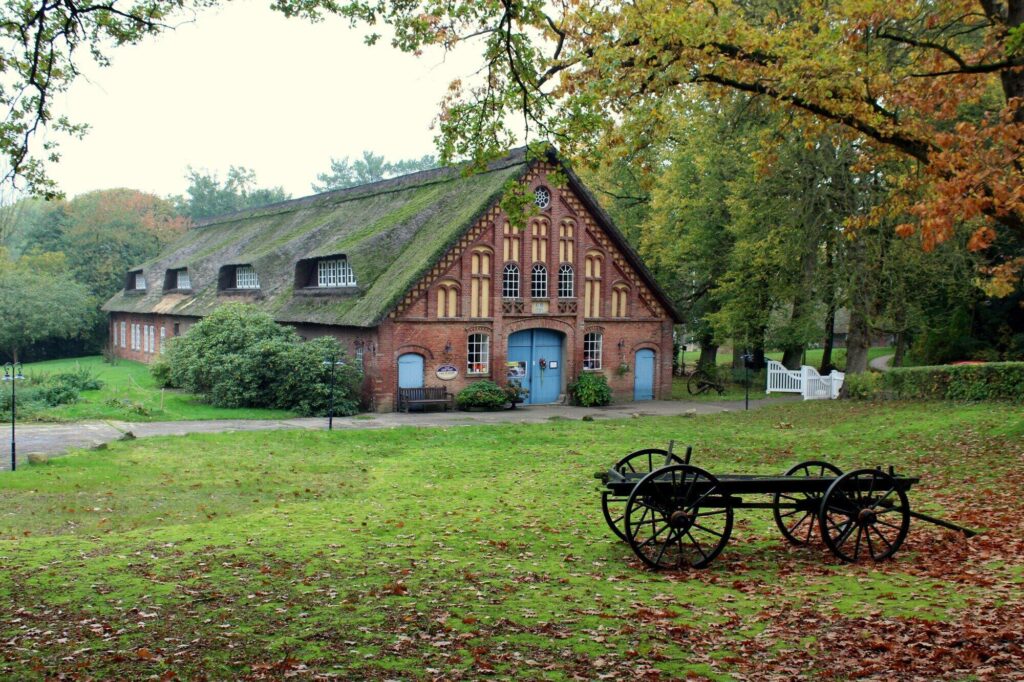Dreaming of a home that provides for itself? A sustainable homestead gives you fresh food, clean energy, and independence from the grid. It’s about working with nature, not against it.
With the right steps, you can grow your own food, collect water, and generate power-all while reducing waste. Let’s explore how to build a self-sufficient homestead that supports your needs for years to come.
Choosing the Right Land for Your Homestead
Choosing the right land is the first step to a successful homestead. Look for a location with good soil, access to water, and plenty of sunlight. These are important for growing food and raising animals.
Check the local climate to make sure it suits your needs. Avoid areas with frequent flooding or poor drainage. If possible, choose land with natural resources like trees for firewood or a nearby stream for water.
Consider zoning laws and property taxes before buying. Some areas have rules about farming or building. A good piece of land will make your homestead more productive and easier to manage.
Growing Your Own Food With Sustainable Gardening
Growing your own food with sustainable gardening helps you eat fresh and save money. Choose crops that grow well in your climate, like tomatoes, lettuce, and carrots. Use compost to enrich the soil and avoid chemical fertilizers that harm the environment.
Collect rainwater or use drip irrigation to water plants efficiently. For more tips and expert advice, check out the Shoppers Supply blog to learn about sustainable gardening practices.
Raising Livestock for Meat, Eggs, and Dairy
Raising livestock provides a steady supply of meat, eggs, and dairy for your homestead. Chickens are great for fresh eggs and require little space to raise.
Goats and cows can produce milk, which can be used for drinking, cheese, and butter. Pigs and rabbits grow quickly and provide a good source of meat. With proper care, feeding, and shelter, livestock can help you live a more self-sufficient life.
Harvesting and Conserving Water Efficiently
Harvesting and conserving water is important for a self-sufficient homestead. Collecting rainwater in barrels or tanks provides a free and natural water source.
Using drip irrigation helps deliver water directly to plant roots, reducing waste. Mulching around plants keeps the soil moist and prevents water from evaporating too quickly.
Recycling household water, like using dishwater for gardens, helps conserve even more. Building a pond or well can provide a long-term water supply for animals and crops. With smart water management, your homestead can stay productive even during dry seasons.
Learn All About Sustainable and Self-Sufficient Homestead
Building a sustainable and self-sufficient homestead takes planning and effort, but the rewards are worth it. Growing your own food, raising animals, and managing water wisely create a more independent way of life.
Small steps can lead to big changes in how you live and provide for yourself. With the right approach, your homestead can support you for years to come. Start now, and enjoy the benefits of a self-sustaining home.
Visit our blog for more!







